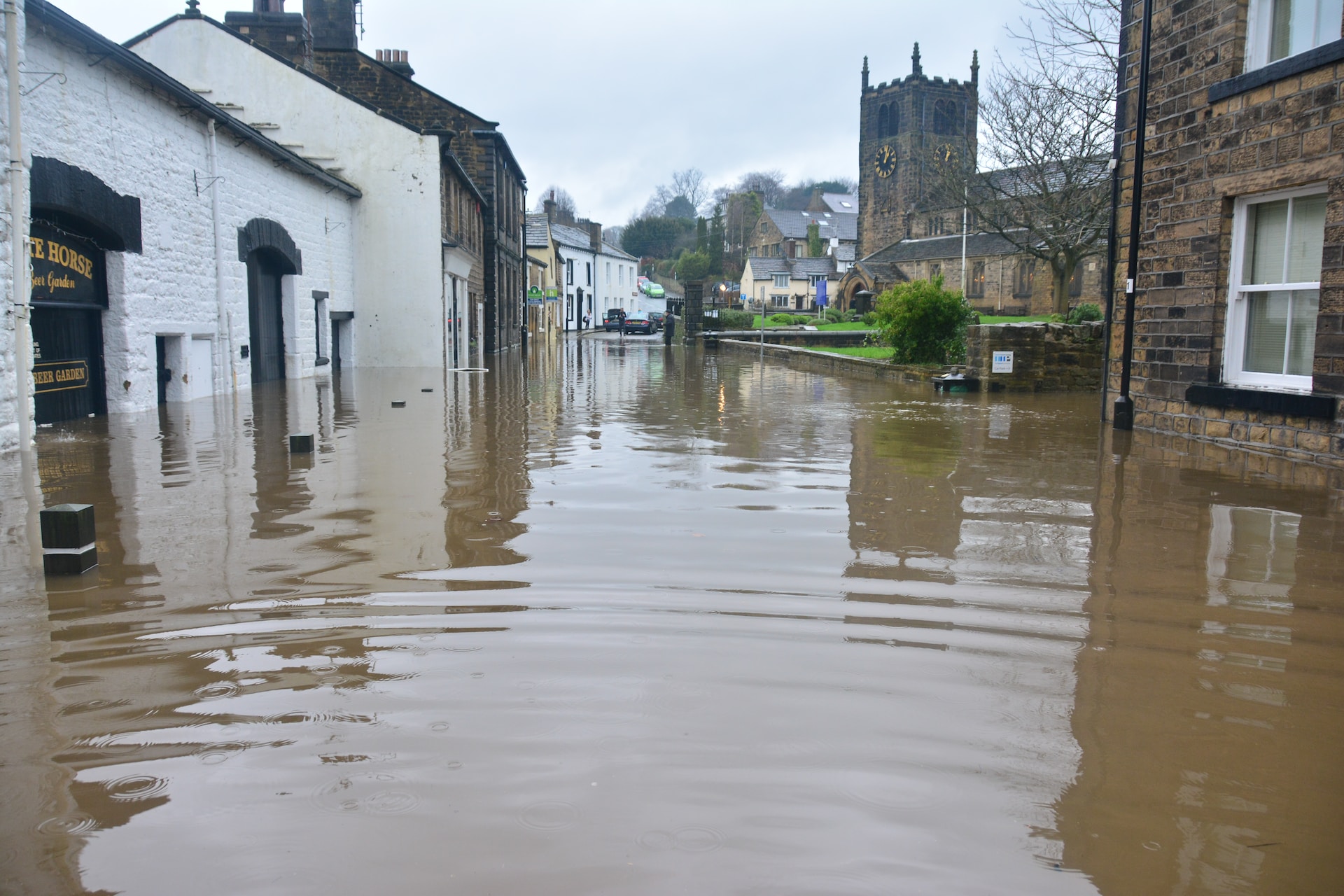Homebuyers in the market for a new house should look up their local flood zone map to see what the risks and insurance requirements are. If a property is in an AE zone, it falls into a Special Flood Hazard Area, and mortgage lenders will require homeowners to purchase flood insurance.
Know Your Zone
When you think of floods, you might picture your home swept away in a wall of water. But the damage from a flood can also be much more severe than that, with flooding causing illness, injury, and even death.
To protect your family and property, it’s essential to know what zone you live in. You can find out on FEMA’s flood maps by entering your address or checking the area’s history.
If you live in a red or blue zone, your property is at risk of flooding and requires flood insurance.
If you plan to buy a house, look at the area’s flood map and consult your realtor about its history. Then, take steps to prepare your home for potential flooding. If the flood risks are high enough, you might need to reconsider that purchase altogether.
Elevate Your Home
A significant part of protecting your home in flood zone AE is elevating the building above the base flood elevation (BFE) line. This reduces the impact of flooding and helps minimize potential property damage, especially to your home’s foundation.
An elevation certificate can also help save you money on your NFIP insurance. The document guarantees that your house’s lowest floor is above the BFE and qualifies you for community rating system discounts.
Flooding is one of the most common weather-related disasters, and it can lead to thousands of dollars in property damage. Learn more about what is flood zone AE and how to prepare with our Hurricane Preparedness Checklist for your new or existing home.
Check Your Home’s Foundation
The condition of a home’s foundation is essential to consider in any flood zone. Hairline cracks and shrinkage are standard and not cause for alarm. Still, horizontal cracks that run sideways across the wall of a foundation can be an indicator that a foundation is bowing, which could be a sign of severe structural damage to the home.
Wet floodproofing measures can reduce the risk of damage to a foundation. These include raising the home on stilts, installing flood vents, and building with pier and beam foundations, which lift homes off the ground and can mitigate against flooding and hurricane conditions.
A grading and drainage plan can also help. This may involve rerouting downspouts to avoid pooling water, as well as adding landscaping features such as rain gardens and swales to slow down and absorb stormwater runoff.
It is also a good idea to have an emergency flood plan, which should include a list of significant numbers and contacts, supplies, and evacuation routes. Whether living in a flood zone is worth it is entirely up to your personal risk tolerance and ability to afford flood insurance.
Install Flood Barriers
Water damage is one of the most destructive and costly risks homeowners face. A single inch of floodwater can result in damage worth thousands of dollars, and cleaning up afterward can be a headache involving wall demolition, dirty flooring, insulation replacement, and electrical system rewiring.
Flood barriers work to reroute water away from a house, inhibiting the flow of floodwaters and preventing damage or blockage. They can be stored during dry days and quickly deployed when flooding warnings occur.
For quick protection against flood waters, there are a variety of home flood barrier options available at your local store. These affordable flood barriers act as a barricade against rising water. They can be used around the foundation of a house, along driveway edges to divert runoff into sewers or drainage channels, or in garden ponds to guard against temporary overflow.
They’re easy to use and don’t require sand or concrete to fix them, making them a safe option for all homeowners. They also seal door passages and gates, placed in entryways like a baby gate, and set into place with a jack.
Get Flood Insurance
Getting flood insurance isn’t just a smart choice; it’s often required. If you are considering buying a home in an AE flood zone or any other high-risk area, budget for the premiums. Additionally, you’ll likely have to submit to extra inspections and certifications before your mortgage can be approved.
Generally speaking, only the riskiest areas of a flood zone are designated as AE zones, and these zones present a 1% annual chance of flooding (opens in new window) or a 26% chance over the life of a 30-year mortgage. However, a home in a lower-risk zone may still be at risk of flood damage, so it’s wise to get a policy anyway.
While flood zones can be risky to own, they can also offer unique recreational opportunities. When purchasing, consider the advantages and disadvantages, speak with experts, and make an informed choice. Be aware that being in a flood zone can impact your home’s resale value and make it more challenging to sell in the future.


